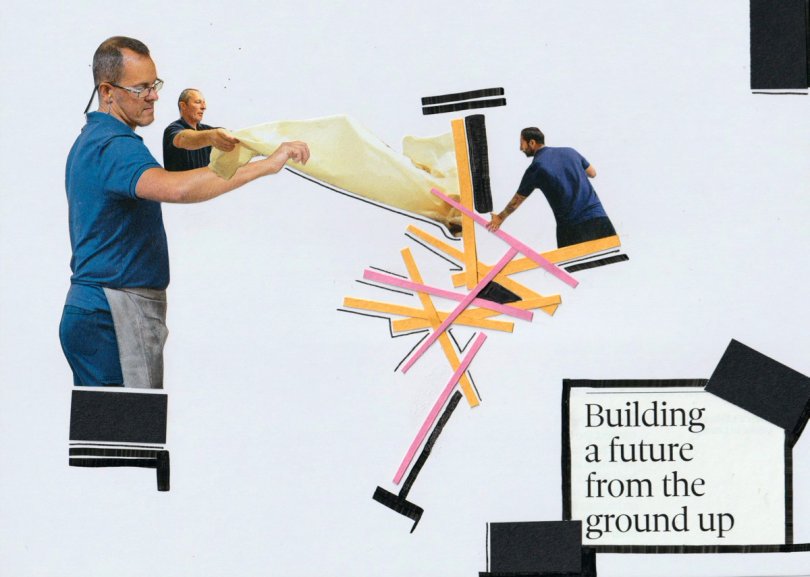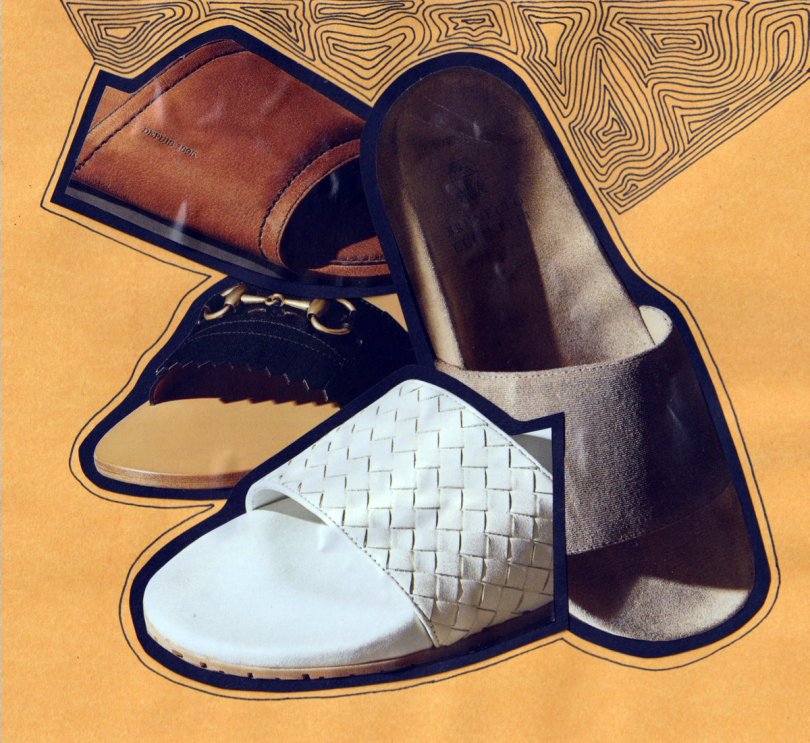Introduction
Almost two years on from graduating we both have experienced different roles and experiences as Art Therapists. Collectively we’ve worked in the NHS, large catholic organisations overseas, and small community charities. However, as the coronavirus pandemic swallowed the world, we simultaneously found ourselves between work and considering where our future in the profession would be when the world opened up again.
Since qualifying we have provided each other with peer supervision across video calls due to living in different countries, therefore working together across a digital landscape was not such a shock to us. However, being between work and not sure where our next roles would emerge felt like an uncomfortable place to be. The shared experience of the unknown was amplified by a global pandemic and our need for a compassionate, reflective and supportive place became clear.
We met online to think about our experiences of the pandemic and how uncomfortable it felt for us both without the structures of university or a current art therapy position. We dreamed about attending a retreat, somewhere we could escape to, to look after our bodies and minds and reset our systems. The hope that we attached to this kind of escape was that of confidence building, a sense of being reenergised, and an opportunity to safely unpack the difficultly.
From these discussions emerged the idea of developing a digital space, in which we could do all the creative and self-care activities of a retreat, but online, together. Preparing a space and dedicating time to practice self-care and reflection felt essential to navigating our journey as art therapists - it was surprising that the world had to shut down before we considered it.
Schedule
By building a structure we were able to set the boundaries of the day and ensure we both felt held by the process. The 1-day schedule was agreed as follows:
| 10:00 | Check in & expectations |
| 10:30 | Yoga flow – shared YouTube link |
| 11:15 | Guided meditation – Mark Williams YouTube link |
| 11:30 | Shared art making activity – see below |
| 12:00 | Reflections on art making experience |
| 12:30 | Lunch |
| 13:30 | Journaling exercise – see below |
| 14:00 | Grab a cuppa & share anything you want from journaling |
| 14:30 | Secondary art-making space reflecting on the process of the day. |
| 15:30 | Check out & reflections – feedback from the day |
| 16:00 | Close |
Resources & equipment
Alongside the schedule we created the following list of resources, links and equipment needed in advance to ensure we were prepared, and minimal disruption would be caused on the day itself:
- Sophia Reynolds Yoga: https://www.youtube.com/channel/UCCif06BaxKc_9wfcDzxlIQw
- Guided meditation: https://www.youtube.com/watch?v=nlEFKxGNPHk
- Shared art making activity theme: Make an image which shows how you feel about where you are, and where you want to be.
- Journaling questions:
- What is your biggest dream for next year?
- Write a list of questions to which you’d like answers
- Write the words you need to hear
- Equipment:
- A selection of basic art materials – e.g. pens, paper, rubber, ruler, sharpener, paints/watercolours, glue etc
Images created during exercises

Fig 1. Catherine image AM – collage, card and fine liner on cartridge paper

Fig 2. Emily image AM – watercolour paint, fine liner and pencil on cartridge paper

Fig 3. Catherine image PM – collage, card and fine liner on cartridge paper

Fig 4. Emily image PM – watercolour paint on cartridge paper
Reflections
Following the morning session of yoga and a guided meditation, Catherine made an image (Figure 1) using college, card and fine liner on cartridge paper, and Emily made an image (Figure 2) out of watercolour paint, fine liner and pencil on cartridge paper.
During the afternoon art-making time to reflect on the process of the day, Catherine made an image (Figure 3) using collage, card and fine liner on cartridge paper, and Emily made an image (Figure 4) using watercolour paint on cartridge paper.
The experience of being still and focused allowed us to face challenging emotions at a pace that felt safe. By walking courageously into the fear surrounding these unknown times, large internal shifts were felt by us both. The shared experience of feeling unsure was powerful, we were able to sit within the discomfort and hold it together. This felt like an important experience and one that we both found rejuvenating and grounding. It facilitated us to work things through that had become stuck, like the release of a pressure valve.
There was a shared sense of the day being focused on how we felt in the moment and where we hoped we could go in the future. The exercises allowed us to look deeply inward, be present in the moment and sit with the challenging and unexpected emotions and thoughts which arose.
Making artwork at the beginning and the end of the day provided us with a visual exploration of the day’s material and allowed us to look closely at our experiences even after the associated emotions had passed. This powerful framing of the day facilitated a connection with our creative and professional selves whilst enabling us to listen and support one another. We felt nurtured, heard and validated, a deeply moving experience, leaving ussurprised by how connected we felt despite our physical distance.
We both came away from the day with a strong sense of needing to journal regularly as that exercise had yielded unexpected breakthroughs for us both. Perhaps witnessing each other’s vulnerability enabled us to see and empathise with our own experience of navigating a difficult time. We are both now finding, since the retreat, an ability to return to the ideas of the day and find strength in repeating aspects of this alone.
What this model could become
Moving forward we plan to trial this model of digital retreats with peers to help provide a space for other art therapists, professionals, and individuals to feel connected and supported during this time and onwards into the future.
Conclusion
Our training instilled in us the importance of balancing the care of the client and a care of ourselves as the therapist, however, since graduating there is a greater responsibility placed upon us to ensure this balance remains. We have both felt, at times, out of sync with our practice of self-care and reflection. This project is a response to that, it is our creativity at work and our love of making safe spaces to feel in action.
Copyright (c) The British Association of Art Therapists (BAAT)
This article is published in BAAT Newsbriefing Summer 2020 and may not be distributed or published without the consent of BAAT


